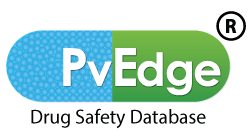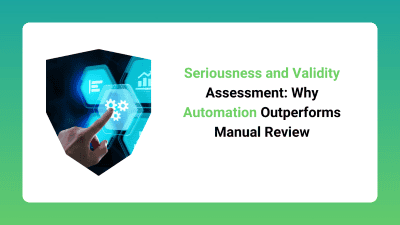In pharmacovigilance, determining the seriousness and validity of an adverse event report is a critical first step. These assessments decide how quickly a report must be submitted to regulatory authorities, and whether it even qualifies as an Individual Case Safety Report (ICSR) in the first place.
Done incorrectly, it can lead to compliance failures, missed safety signals, or unnecessary workload. Traditionally, this evaluation has been handled manually by case processors, often under time pressure and with varying interpretations. But that’s starting to change—with automation proving to be a game changer.
Why Seriousness and Validity Matter
Seriousness assessment is used to determine how severe an adverse event is—does it result in death, hospitalization, disability, or a life-threatening condition? Meanwhile, validity assessment checks if the report contains all the required elements to be considered a valid ICSR: an identifiable patient, reporter, suspect product, and reaction.
Getting this right matters because:
Serious cases must be reported quickly (e.g., within 15 calendar days to the EMA, FDA, or PMDA).
Invalid cases must be filtered out to avoid wasting resources or triggering unnecessary alerts.
Consistency is key, especially when safety teams are distributed across geographies or outsourcing partners.
The Challenges of Manual Assessment
Manual review introduces several risks. People interpret data differently. They might miss a keyword buried in a narrative, forget to check one of the validity criteria, or wrongly categorize a case’s seriousness. Fatigue, time pressure, or just human error can lead to inconsistent decisions—and that inconsistency can show up during audits.
Even with well-trained teams, errors creep in. And with growing case volumes, the risk only gets bigger.
How Automation Improves Accuracy and Speed
Automation solves these problems by using predefined logic to evaluate cases the same way every time. When a new report enters the system, automated rules instantly check if all required elements for validity are present. Simultaneously, keywords and structured fields are reviewed to determine if the event meets any criteria for seriousness.
This ensures:
Faster triage and routing
Consistent classification across all cases
Early detection of high-priority cases
Clear audit trails of how decisions were made
And because automated systems don’t get tired or distracted, they maintain performance even at scale.
The Takeaway
Seriousness and validity assessments are no longer just a manual task—they’re a precision requirement. Automation brings consistency, reliability, and speed to this process, helping pharmacovigilance teams meet global regulatory expectations without burning out.
In a field where every case matters, having a dependable system for assessment is more than helpful—it’s essential.



